Quercus turbinella, Sonoran Scrub Oak
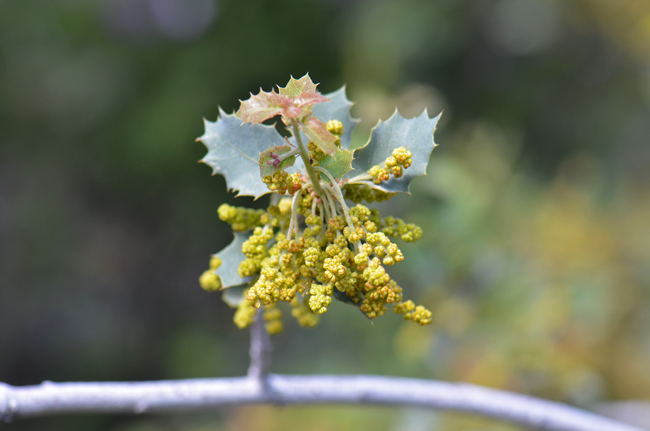
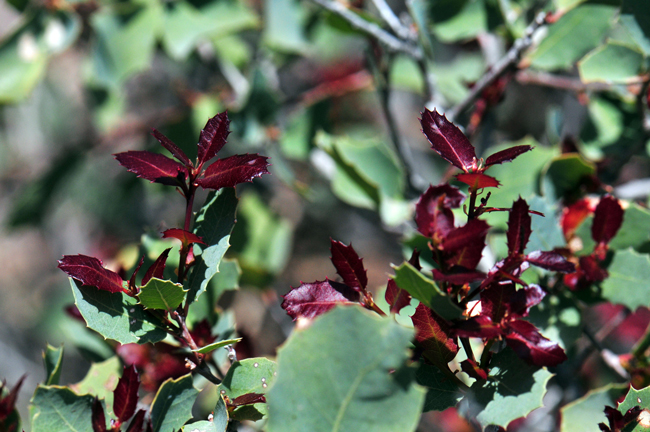
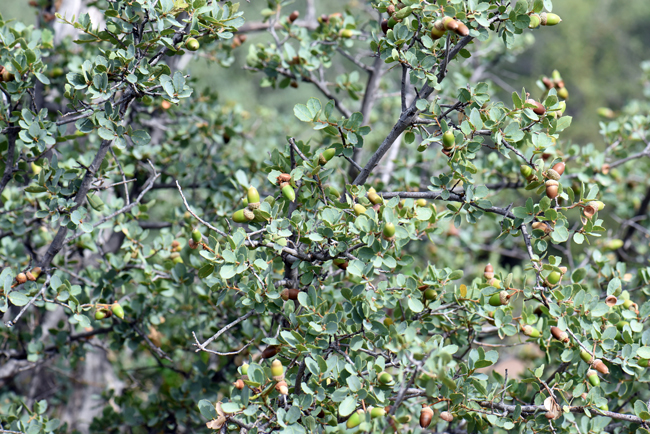
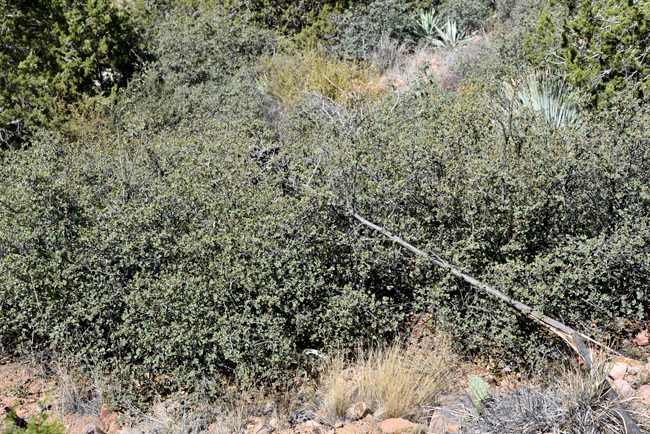
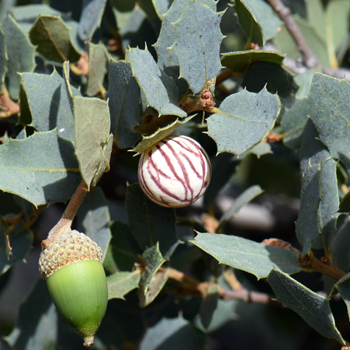
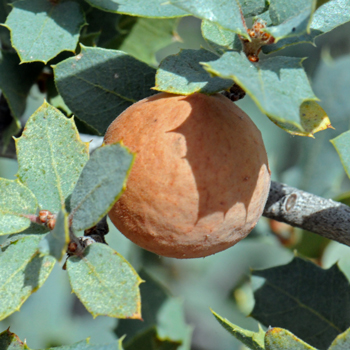
Scientific Name: Quercus turbinella
Common Name: Sonoran Scrub Oak
Also Called: Encino, Gray Oak, Shrub Oak, Shrub Live Oak, Sonoran Scrub Oak, Turbinella Oak and Turbinella.
Family: Fagaceae, Beech Family
Synonyms: (Quercus dumosa var. turbinella, Quercus turbinella var. ajoensis, Quercus turbinella ssp. ajoensis, Quercus turbinella subsp. turbinella, Quercus subturbinella)
Status: Native
Duration: Perennial
Size: 3 to 18 feet (1 to 6 m)
Growth Form: Shrub or small Tree often forming thickets; evergreen or sub-evergreen; bark is light gray, fissured, new twigs densely woolly and rarely glabrous, twigs are reddish-brown under the woolly hairs, twig become glabrescent with age and maybe gray or blackened.
Leaves: Green, alternate; leaves thick or leathery; maybe without lobes or shallowly lobed; leaf shape is variable from oblong-elliptic to ovate; leaves may be covered with stellate and glandular hairs to glabrous below; margins are sharply pointed with 3 to 5 or 8 spinose teeth; leaves have short stems (petiole).
Flower Color: Greenish; plants unisexual with male and female flowers, female flowers solitary or in groups on spikes, flowers wind-pollinated; fruit are solitary or several acorns.
Flowering Season: March through June with fruiting from July to September.
Elevation: 2,000 to 7,600 feet (600 to 2,300 m).
Habitat Preferences: Dry or moist sandy areas, desert slopes in several plant communities; Chaparral (often the dominant species), Ponderosa Pine, Pinyon-Juniper, Oak Woodlands and transition zones between grasslands or desert.
Arizona specie associations include; Pointleaf Manzanita, Pringle Manzanita, Grama Grass and Bottlebrush Squirrel-tail, Mountain Mahogany, Hollyleaf Buckthorn, Sugar Sumac, Desert Ceanothus, Emory oak, Yellowleaf Silktassel, Cat-claw Bush, Yerba-santa, Broom Snakeweed, and Bottle-brush Squirrel-tail.
Recorded Range: Sonoran Scrub Oak is found in the southwestern United States in AZ, CA, CO, NM, NV, TX and UT; south to Mexico in Baja California, Sonora, and Chihuahua.
North America & US County Distribution Map for Quercus turbinella.
U.S. Weed Information: No information available.
Invasive/Noxious Weed Information: No information available
Wetland Indicator: No information available.
Threatened/Endangered Information: No information available.
In the Southwestern United States, in addition to a host of hybrids Arizona has 15 species of Quercus, California has 22 species, Nevada has 4 species, New Mexico has 17 species, Texas has 48 species, Utah has 3 species. All data approximate and subject to revision.
Comments: Previous species of Sonoran Scrub Oak populations in the western Mojave desert in California and inner coastal ranges have been taxonomically re-classified as Tucker Oak, or Tucker's Oak, Q. john-tuckeri.Quercus turbinella easily hybridizes with other oak species including Q. gambelii, Q. havardii, Q. arizonica and Q. grisea.
Sonoran Shrub Oak, as well as other species of oak, are favorite targets of Gall Wasps of the sub-family Cynipidae. The photos above are galls made by members of the Cynipidae sub-family. Find out much more about oak gall wasps at the Arizona Naturalist website: Arizonensis.
In southern Arizona this species has an abundance of evergreen leaves making it very valuable. During severe winter events Sonoran Scrub Oak may be one of the only forage plants available making it a valuable emergency species. The same may be said for periods of drought when it becomes one of the few palatable species available. In Arizona and perhaps elsewhere, Desert Bighorn Sheep are known to feed on this species. In other locations, such as the southern Rocky Mountains, Sonoran Scrub Oak is said to be of moderate value in the winter and light in the summer. Livestock, including goats and domestic sheep feed on the leaves of Sonoran Scrub Oak year round in limited amounts however livestock use is moderated in dense thickets where it may become too dense to penetrate.
The acorns of Sonoran Scrub Oak are an important source of food readily eaten by Javelina, small mammals such as Abert's Squirrel, turkey and birds including geese, grouse, quail and scrub jays. Scrub Jays, along with rodents will collect and cache acorns of this species. The cambium, bark and twigs are eaten by sapsuckers, porcupines and beavers respectively.
In addition to food, Sonoran Scrub Oak thickets are an excellent cover for a diverse array of birds and mammals including the California Brown Bat, Ringtail, Whitetail Deer, Cooper's Hawk, Screech Owl, songbirds, frogs and reptiles such as the Mexican Garter snake.
The U. S. Forest Service has an excellent site with detailed information about Sonoran Scrub Oak on-line at: Fire Effects Information System (FEIS).
In Southwest Desert Flora also see Gambel Oak, Quercus gambelii and Emory Oak, Quercus emoryi.

